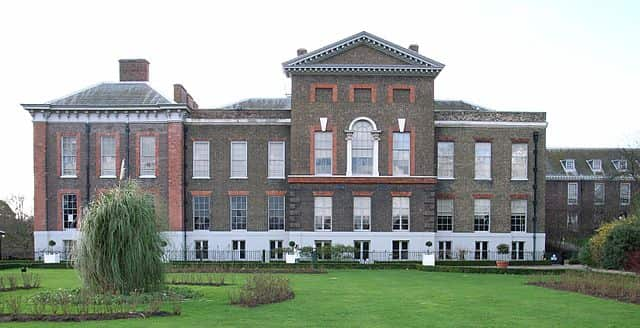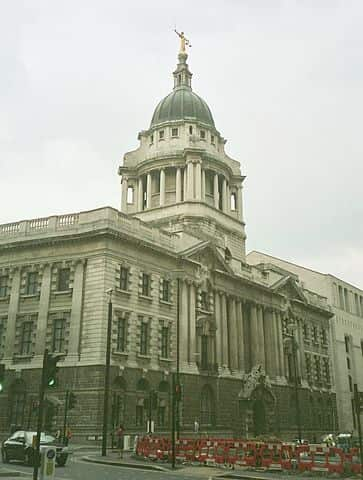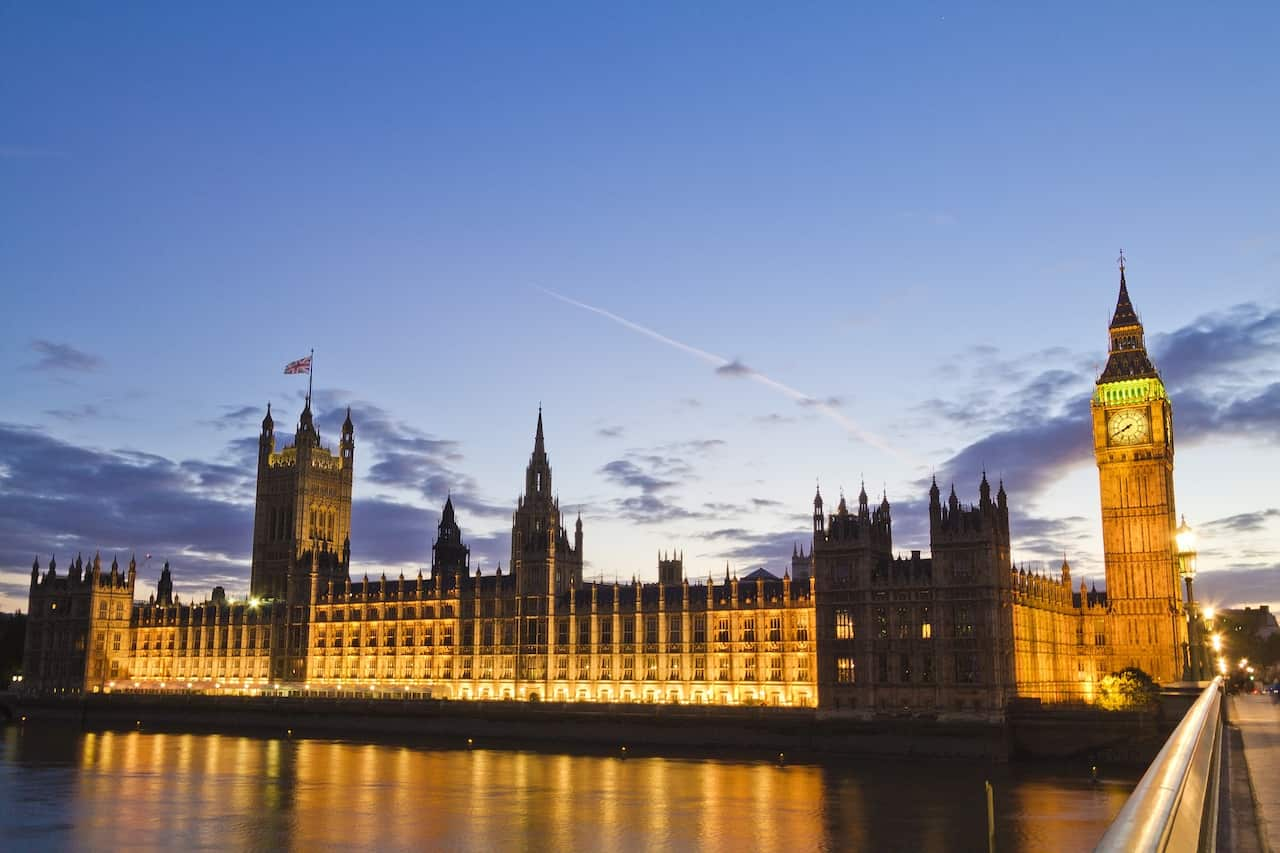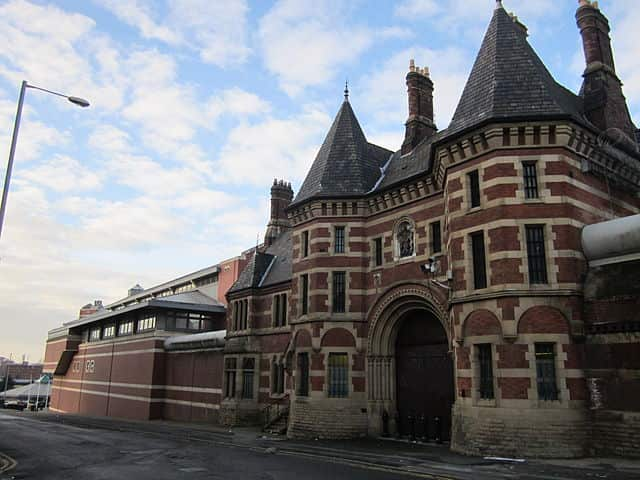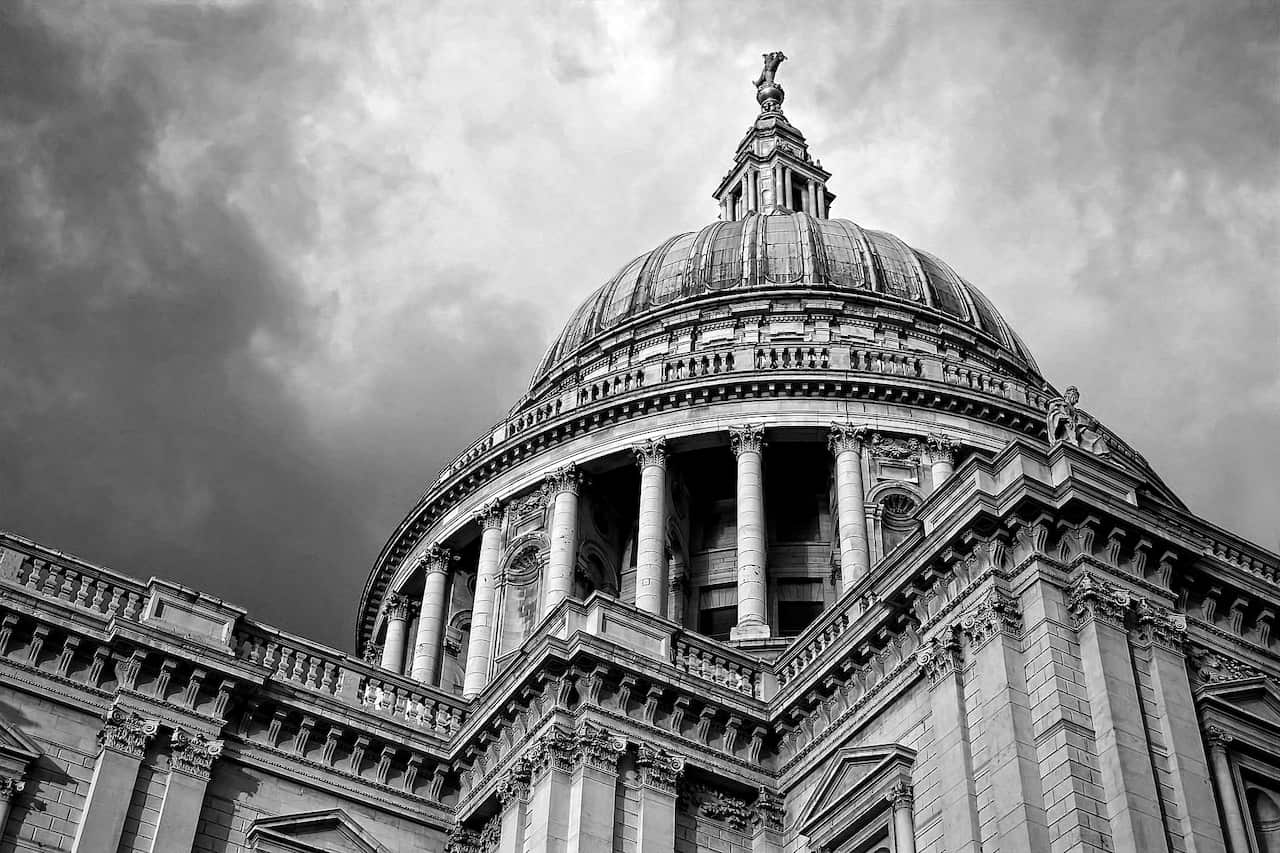Taking the phrase “if these walls could talk…” to a whole new level, six-part documentary series Inside delves into the stories behind the facades of some of the UK’s most famous buildings. Iconic landmarks Westminster Abbey, The Old Bailey, Kensington Palace, St Paul’s Cathedral, The Houses of Parliament and Strangeways are the subject of an episode each. And as well as recapping the moments that are quite well known, Inside details the less publicised parts of these locations’ histories.
Kensington Palace
Source: Wikimedia Commons
Westminster Abbey
As well as being the venue of choice for royal coronations, marriages and funerals, the grand church is also the burial place for some of the most important figures in British history – names like Shakespeare, Darwin and Austen. In recent decades, two non-royals have been afforded the pomp and ceremony of a funeral at Westminster. One was Princess Diana, who had by that point been stripped of her title, and the other was Lord Mountbatten, whose lifelong ambition it had been to have a royal funeral. To that end, the war hero and uncle of Prince Phillip planned the ceremony himself, down to the tiniest detail – and it was followed to the letter. The Old Bailey
Source: Wikimedia Commons
The Houses of Parliament
Members of Parliament might not agree on much, but the general consensus about the home of the British government is how easy it is to get lost there. Stretching over 300 metres along the Thames and taking up an area equal in size to 18 football fields, the building features 1100 rooms, 100 staircases and three miles of corridors. New MPs take “about a year” to find their way around the maze, apparently, while a political journalist interviewed for Inside admits to still getting lost after seven years of visiting the Houses of Parliament. Strangeways
Source: Wikimedia Commons
St Paul’s Cathedral
An obvious target during Hitler’s air raids of London during World War II, St Paul’s Cathedral was protected during the Blitz by a team of volunteers called the St Paul’s Watch. Night after night, they were on hand to act if the grand church was hit. The biggest risk came from the wooden beams supporting St Paul’s iconic dome – if it caught fire, the whole structure could collapse. During one particularly savage bombing, Prime Minister Winston Churchill himself called the nearby fire station with instructions to save St Paul’s at all cost since he realised its destruction would be a massive blow to British morale.
Watch Inside Westminster Abbey tonight on SBS at 7:30pm.
